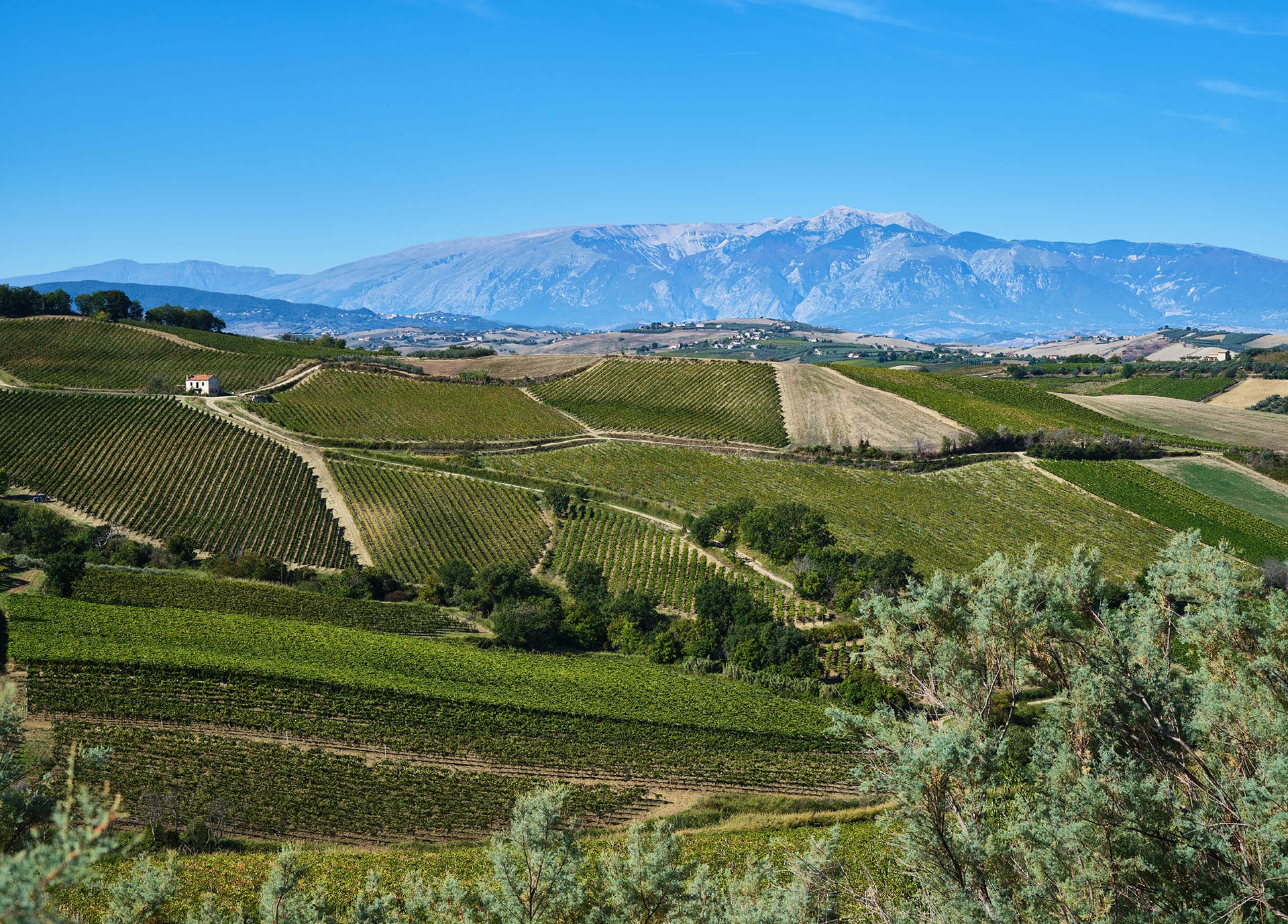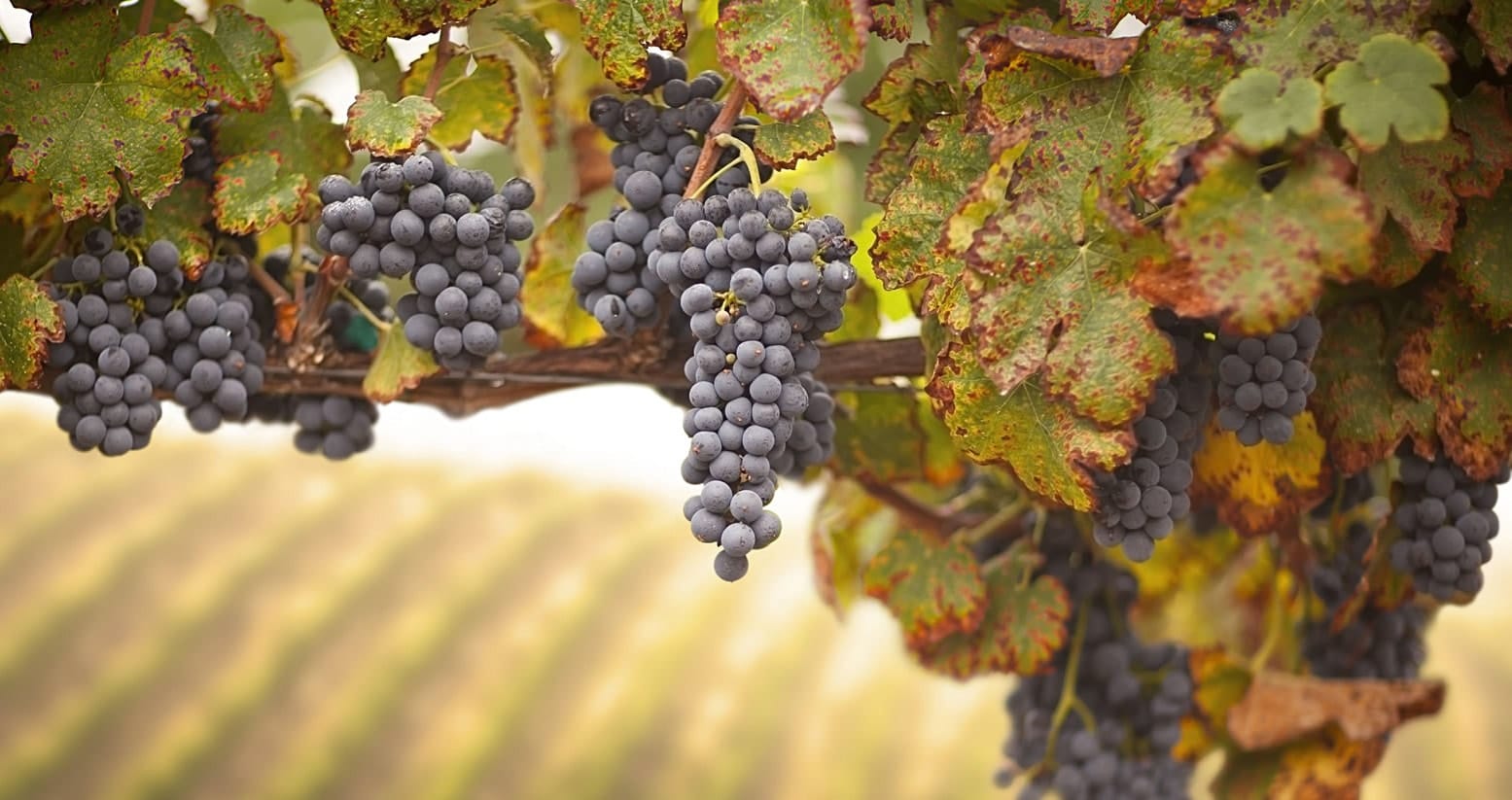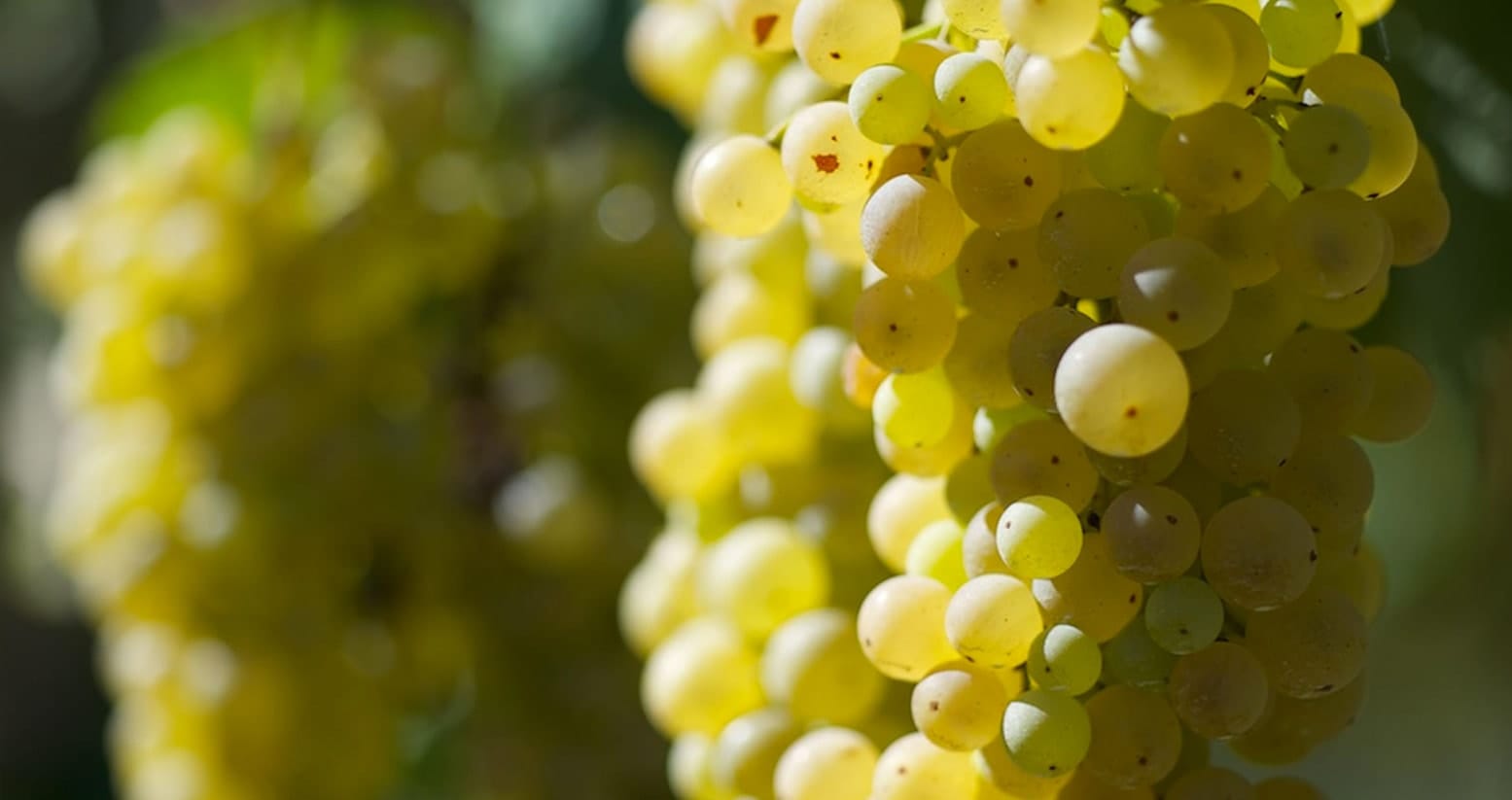EARTH, SUN AND SEA
6,000 hectares on a wide territory that covers almost the entire province of Chieti, with a north-to-south extension of 80-90 km, and for 40 km from the sea to the inland. Citra is a privileged spot where grapes ripen among Majella, Gran Sasso and the Adriatic Sea: a unique chance to exploit different and unique terroirs and microclimates, with the ideal temperature range for the ripening of grapes. As a matter of fact, thanks to mountain airstreams and sea breeze grapes acquire different chemical and aromatic characteristics and yet fundamental for the production of our peculiar wines. Every vineyard is protected by the mountains, nurtured by airstreams and kissed by the sun.





